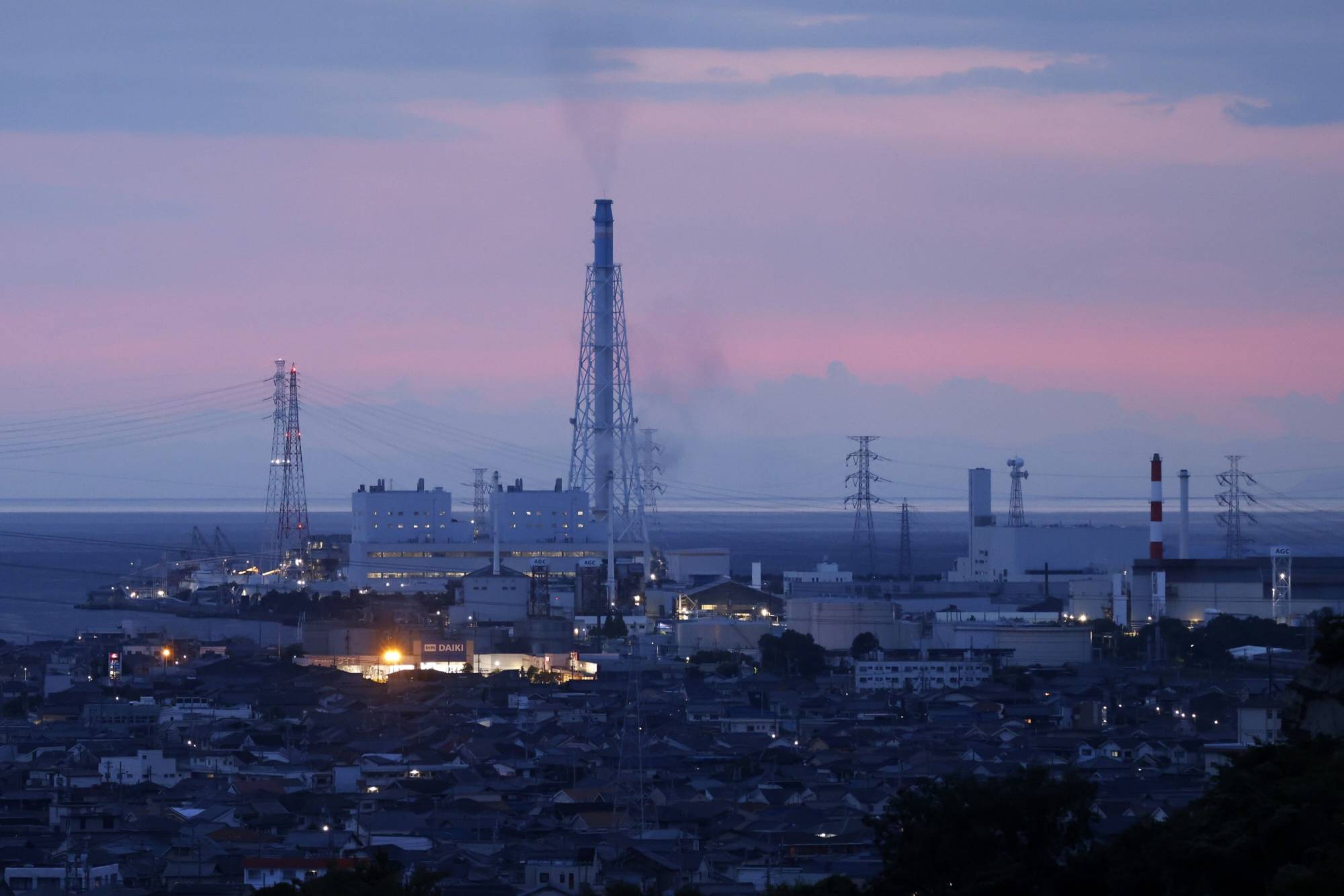Japan’s plan to co-fire coal power plants with ammonia in a bid to decarbonize its electricity sector could increase a different type of air pollution linked to millions of premature deaths globally each year, according to a new analysis.
Burning ammonia doesn’t emit carbon dioxide but it does release fine particulate matter known as PM2.5, according to a report from the Center for Research on Energy and Clean Air. Japan’s energy transition plan, which aims to extend the life of its fossil fuel plants by co-firing the facilities with ammonia and hydrogen, has faced criticism as most of its peers pivot more quickly to renewable generation.
The authors estimated emissions for Jera’s Hekinan Thermal Power Station Unit 4, which has been revamped over the past few years to allow it to use both coal and ammonia. Co-firing the facility with 50% ammonia would increase total emissions of PM2.5 and precursor gases by 167% through both the shipping and combustion of the fuel, according to the CREA, which is based in Helsinki.

















With your current subscription plan you can comment on stories. However, before writing your first comment, please create a display name in the Profile section of your subscriber account page.